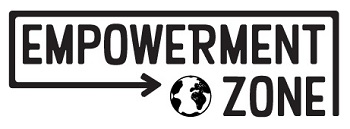The weather is cooling down (in Australia at least!) - so think about warming up with a reusable thermos insulated bottle, cup or container. For a limited time, they are all 25% off at Biome online and instore (Biome Paddington and Biome City stores - only when you mention this offer).
Biome has the best quality insulated water bottle choices - food grade stainless steel, double wall insulation, manufacturer guarantee for peace of mind.
Choose from:
- Kids Konserve insulated container - perfect for noodles, soup, pasta or cold choices like yoghurt
- SIGG sleek metro mugs - coffee thermo to toss in your hand bag without leaks
- SIGG insulated thermo mug - handle and sipper top for drinking on the go in the car
- Thermos - traditional Thermos quality. Straw sipper Thermos Funtainer bottles for cold drinks only, or insulated containers for hot meals likes noodles, soup & pasta.
- Klean Kanteen insulated water bottle - for hot or cold food or drinks. Add a cafe cap to turn your insulated bottle into a reusable coffee cup.
Replacement parts / spare parts for insulated water bottles
Part of Biome's eco philosophy is to think about prolonging the life of a product and often a bit of a water bottle or drinking mechanism will break or wear out long before the actual metal or BPA free plastic bottle. That is why Biome encourages all our suppliers to offer replacement parts. We offer Thermos plastic straw and Thermos silicone mouth pieces for the Thermos insulated Funtainers. You can find the Thermos Spare Parts here.
  |
| Thermos spare parts |














